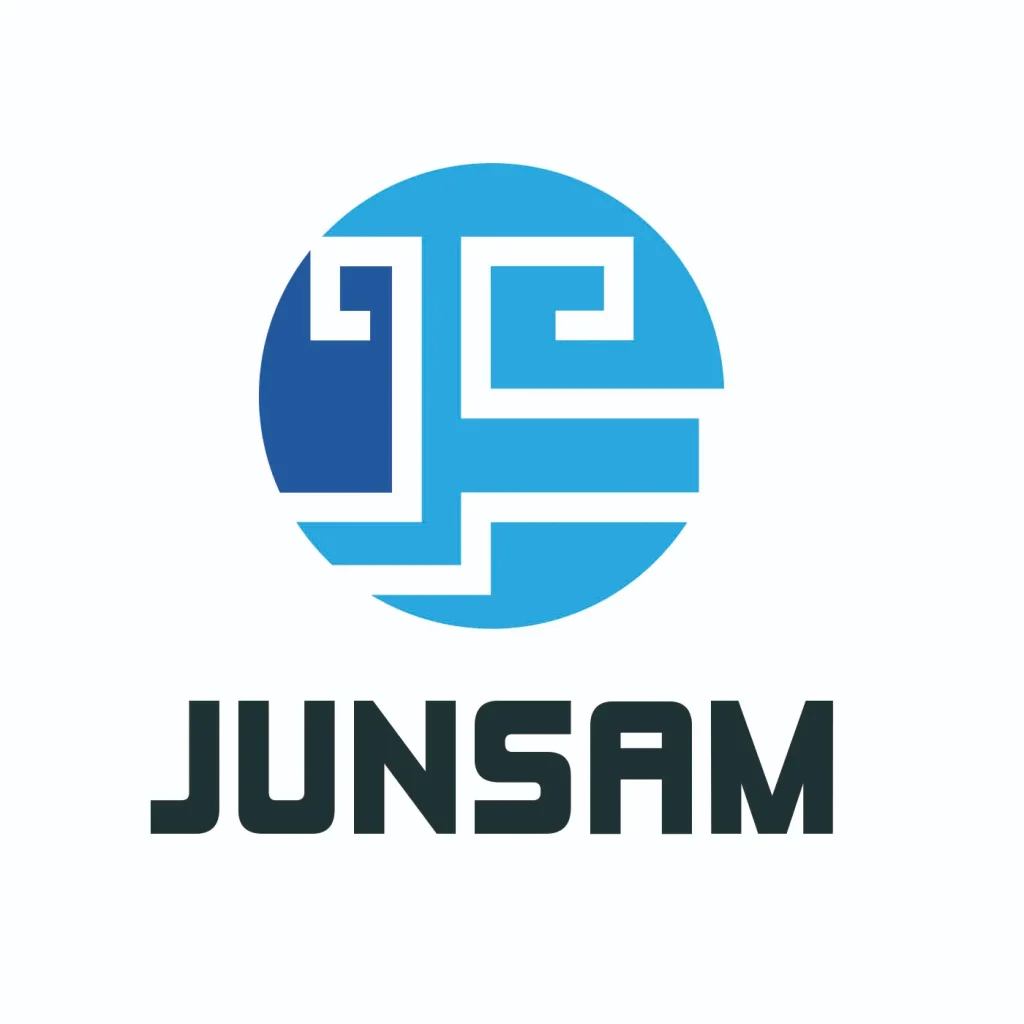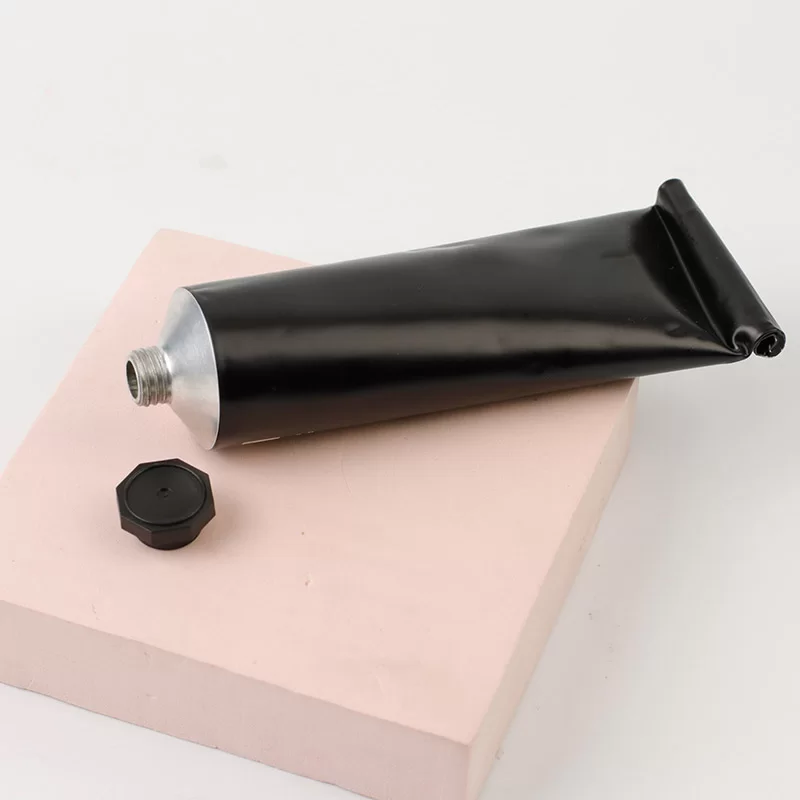Aluminum packaging for cosmetics: Technological breakthrough and commercial game under the sustainable wave
Introduction: The green revolution behind the metallic texture
In the global cosmetics market moving towards carbon neutrality, aluminum tube packaging has become the core choice of luxury brands such as Chanel and Estee Lauder with its environmental advantages of a 75% recycling rate and 95% reduction in renewable energy consumption. However, the environmental cost and supply chain pressure of bauxite mining have also made this material controversial. This article combines industry data, technical cases, and market trends to reveal the profound logic and future path of aluminum tube packaging.
Environmental Advantages: Aluminum Packaging’s Sustainability- A Double-edged Sword
1. Circular Economy Practice
The infinite recyclability of aluminum makes it a benchmark for the circular economy. Annoya Fragrance Hand Cream is packaged in food-grade aluminum tubes. Laboratory tests show that its shelf life is extended to 18 months, while Plastube’s PCR aluminum-plastic tubes contain 50% recycled plastic and have 25% higher antibacterial properties. Chanel’s limited edition hand cream uses Tubex recycled aluminum tubes (containing 95% PCR), which reduces its carbon footprint by 40%, confirming the business logic of “metal texture = brand premium”.
2. Breakthrough of Performance Barriers
Aluminum’s barrier properties and lightweight design work together: • Viva Healthcare’s D48.5 aluminum-plastic tubes reduce weight by 30% and transportation costs by 25%; • Aluminum vacuum pumps can evacuate 95% of the contents (such as ROC moisturizer), block ultraviolet rays and oxidation, and extend the shelf life of active ingredients by 6 months. Contradictions: Although aluminum has significant recycling advantages, its initial production energy consumption is twice that of plastic, and aluminum mining in Malaysia leads to deforestation and water pollution.
Market drivers: Explosion under high-end and policy dividends
1. Consumption upgrade trend
China’s high-end cosmetics market is expected to exceed US$37 billion in 2025, and aluminum packaging will account for 31.25%. Estee Lauder piloted bio-based aluminum materials to respond to the EU SUP directive’s 30% recycled material requirement and meet the Asian market’s demand for lightweight design.
2. Supply chain game
- Raw material competition: Global aluminum packaging demand is expected to reach 600,000 tons in 2025, and giants such as Ball Corporation have a capacity utilization rate of over 90%, and the delivery cycle is extended by 40%; • Cost pressure: China’s aluminum plate price will rise from $6.5/kg in 2024 to $7.7/kg in 2030, forcing paper aluminum composite materials and other technologies to replace.
Design strategy: Triangular balance of cost, aesthetics, and function
1. Lightweight and intelligent
- Yoshino simulates marble texture through injection molding, saving 30% of costs; • Albea’s NFC tag aluminum bottle realizes ingredient traceability, and the interaction rate increases by 45%.
2. Emotional design
- Caliray mint green retro aluminum bottle drives sales growth by 50%, with over 2 million social media exposures; • MILK Makeup matte black aluminum bottle shelf recognition increased by 35%.
Future path: dual breakthroughs in technology substitution and recycling model
1. Material innovation
- Bio-based aluminum (Estee Lauder pilot) and nano-coating technology will reduce environmental costs; • Plastube’s degradable aluminum-plastic tube market share has reached 5% and is expected to double by 2030.
2. Business model reconstruction
- Refillable systems (such as Muxin forged aluminum bottles) and blockchain traceability build a closed-loop ecosystem. • China’s “14th Five-Year Plan” promotes green supply chains, provides tax breaks to aluminum packaging companies, and accelerates technology R&D investment (industry R&D investment will increase by 15% in 2024).
Conclusion: The “third way” of aluminum packaging
The future of aluminum cosmetic tube packaging depends on the balance between technological innovation and ethical responsibility: • Short-term strategy: give priority to the application of recycled aluminum in high-end product lines (such as perfumes and essences), and hedge cost pressure through lightweight design; • Long-term layout: jointly invest in mining companies to invest in ecological restoration of mining areas and promote FSC-certified aluminum procurement (such as the Tubex solution contains 95% recycled aluminum). Companies can remain invincible in this sustainable revolution by finding a dynamic balance between environmental commitments and commercial feasibility.
FAQ about aluminum packaging
Does aluminum packaging affect the safety of cosmetics?
- The contents can be completely isolated and meet FDA standards through anodizing or coating (such as Tubex technology). Plastube antibacterial aluminum-plastic tubes can even reduce the risk of contamination.
Why is aluminum packaging more popular than plastic?
- The metal texture increases the premium space (Chanel hand cream has a 50% premium), and recycled aluminum meets ESG reporting requirements, helping the brand achieve carbon neutrality goals.
How do small and medium-sized enterprises cope with the high cost of aluminum packaging?
- Adopting regional supply chains (such as China’s western aluminum processing base) or lightweight design (Viva reduces weight by 30%) can reduce total costs by 15% to 20%.
How can the environmental problems of aluminum mining be solved?
- Purchase FSC-certified recycled aluminum (95% of the Tubex solution), or invest in mining ecological restoration projects (such as Rio Tinto Group’s initiative).
What technologies will subvert the aluminum packaging industry in the future?
- 3D printing customized aluminum bottles (GPI pilot), intelligent temperature control coating, and paper aluminum composite materials (reducing aluminum usage by 50%).
What is the core driving force behind the high recycling rate of aluminum packaging?
- Economic driving force: Scrap aluminum has a threefold recycling value compared to plastic, and recycling processing uses only 5% of the energy of the original aluminum, forming a commercial closed loop.


